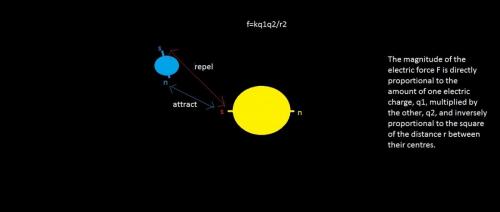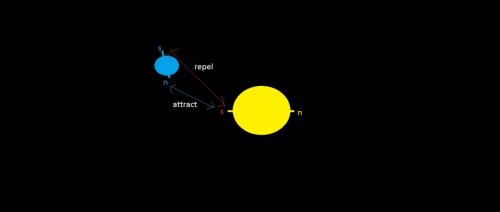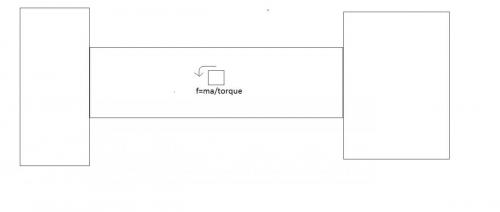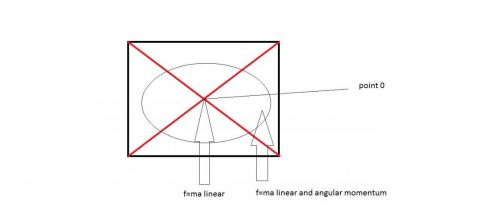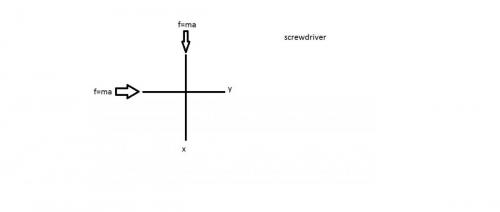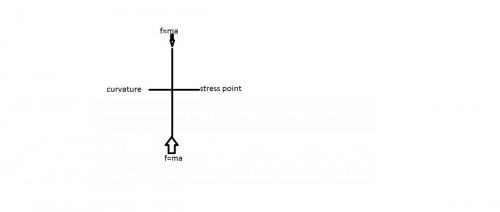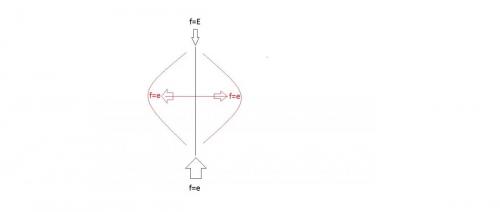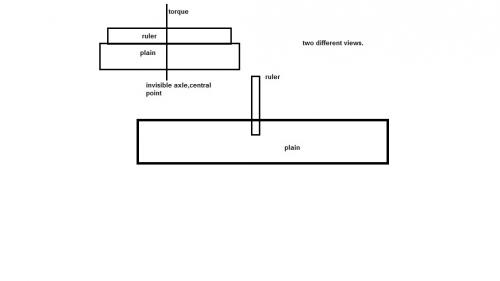

Relative
Senior Members-
Posts
685 -
Joined
-
Last visited
Content Type
Profiles
Forums
Events
Everything posted by Relative
-
''If an electric force of one unit (one dyne) arises between two equal electric charges one centimetre apart in a vacuum, the amount of each charge is one electrostatic unit, esu, or statcoulomb. ''
-
I am obviously not understanding your definition of not charged, I have a battery , it is charged with electrons, I expend the life of the battery by draining out the electrons, in time the battery will lose its electrons without any drainage of the electrons, I have a sun it is full of electrons, it is warm, it has lots of energy, I miss the difference? And I got the amount of google , solar energy, maybe I have mixed that up , Ions are charged? A centrifugal rotation on a perpendicular continued centripetal force, between two masses, and the masses will wind in... An electrostatic coupling, produces rotation?
-
I can not possibly know everything, that is why I am here, at least you understand the concept, can I ask to which diagram you are referring to ? and what exactly do you mean by no charge in my diagram? Force , about represents all in basic formula structure.
-
Alternate titles: Coulomb interaction; Coulombic force; electric force; electrostatic force Coulomb force, also called electrostatic force or Coulomb interaction, attraction or repulsion of particles or objects because of their electric charge 24000 KW of potential, and you say no effect And the moon is statically charged Faraday found that electromagnetism exists, a small current able to rotate a wire around its mass, you are saying a large current has no effect? Electricity spins the same as a Photon? Electrons creating centrifugal force, around their mass?
-
I did have the other formula at first , forgive the spelling my mind gone blank, Colons law Alternate titles: Coulomb interaction; Coulombic force; electric force; electrostatic force Coulomb force, also called electrostatic force or Coulomb interaction, attraction or repulsion of particles or objects because of their electric charge
-
Thank you for the very interesting video, the suns solar energy at approx 23,000 Tw, would this energy , and the electrostatics involved, be enough to repel an ocean? A very small force repelled the water in the video?
-
Sorry in the typo, my was by. ''. For any produced force there will be an opposite reactive force. In the case of the magnetic field, the reactive force may be obscure, but it must be accounted for.'' You admit that magnets will rotate , but friction, will stop the magnet, from having a connection force, if spread to far apart, space has no friction, and yes I am still going on about the lorentz etc, I have not heard a single argument that really denies the idea, A north and south polarity at y vector horizontally or angled to an opposing polarity of either, will give axle tilt if offset to either, stronger of a force.?
-
electromagnetism even at a low energy state can rotate another body, according to Faraday and the Lorentz force. ? This angular velocity my magnetic interaction?
-
Ek , its force normal isnt it? force has an opposite and equal force.
-
See Plasma model in speculation.
-
-
you can if you put an axle through it or if you add isotropic centripetal force with a slight offset...
-
if you apply a force to the centre of mass, there will be no rotation.- Depends on what angle the force is coming in at, a static body in space for example, lets say a cube for easy assumptions. We all know F=ma, for the cube to travel vertical, with no rotation, the force would have to be at a precise central point, for the cube to accelerate away , any offset to that force, from the point X, the cube will be forced linear, and to rotate, by angular momentum of force, When considered Torque, I remove the thought of gravity, mass having effect on any movement, two equal bodies, lets say m1 and m2, and they both weight 5 kilo, the net force between them is zero, they are static in position, however the force is zero because an attractive force is opposed by a repelling force , An axle if you like, I add twist to the center of the axle, both m1 and m2 will rotate the axle. The rotation been equal V The only force/torque involved is the central twist,
-
Errrmmm there is always rotation if force is applied in rotation direction to the linear, angular momentum can only be achieved by angular force, Torque is linear twist. if Faraday who I absolute love has a scientist made rotation from a small electrical force, the sun is huge what rotation would the Faraday experiment have if he used the sun and the Earth, yes or no, would it rotate, would there be an energy torque, an energy friction? Photons have angular momentum , they spin, why do they spin, what torque is transferred, what force make them spin? And why do I know all this stuff,
-
-
I am not ignoring anything , that is why I consider myself to be a reasonable science mind, any suttle difference can have effect. I awoke this morning , and everything was has clear day when discussing torque, and let me think, I believe I can explain it , but will need to start a speculation thread, pffff, I cant talk open i will be closed down although my thoughts are science, and far better than some of the garbage left in speculation that are open, and have no relevance to anything, who cares how the pyramids were built, that achieves nothing. Applied force to CoM, f=ma, the momentum is linear, I add different direction of F, and the momentum of the mass will be linear and rotating, I have played snooker in my time, I understand back spin etc, applying force changes direction, always.
-
Not entirely true to be honest, I use a screw driver and tools most days, agreed that a free turning screw driver in fresh air has no resistance, although if you could rotate the screw driver fast enough, you create force of air, You do realize that just turning a screw driver in a cross head screw does not work, you have to apply linear force also, you have to press down, A screw in a raw plug, the net force of a screw in a wall plug is zero, the screw and the raw plug have equal force, the resistance to the screw turning is torque, I apply F linear,then apply F to the twist, to undo the screw. Every action has an opposite and equal reaction, the action is the raw plug holds the screw , I apply force and force to create a reaction, torque is been complicated when it is linear twist .
-
Emr even in a low energy state can rotate another body, according to Faraday and the Lorentz force. What effect would a large body of EMR have on a lesser body of Emr?
- 106 replies
-
-1
-
So you agree in torque there has to be inertial mass, so why can you not agree that a lever is just redirection of force? The link has no direct force applied, the F is indirect
-
The moment can not be produced without inertia, a leverage system transfers torque from linear into angular momentum, the initial F comes from the central point, the center of mass of the pivot system, F applied linear creating twist. There can be no momentum without F, The F is always at the center of mass.
-
You can not have torque without force, force is applied to the center of mass, hence twist, torque is linear force that makes a twist. You are not accounting for individual torque of the center of masses, the lorenz force applied linear through a rotating body, Faraday discovered that even a small current could rotate a wire around mass, there is torque in energies. F=ma still applies to energy
-
For some reason, last night I knew what exactly torque was, torque is linear force, that twists, The center of mass always been the torque point and i am now proper annoyed because i could of completed my G model and explained the orbit by torque
-
I am unsure what your experiment actual says to do, I think you are saying to channel out a grove, in the center of a plain, where I will slot a ruler, so it looks like an upside down T shape? then twist it by holding just the ruler in a central position?

